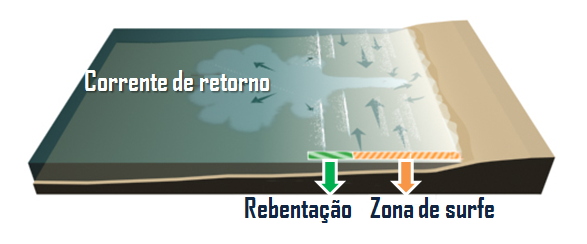US101 flooding in Palo Alto hints of future floods from rising sea level

Northern California has been hammered on Saturday and Sunday with several waves of rain storms and drenching rain, and have triggered flash flood alerts in the mountains. The San Francisquito Creek in Palo Alto has overflowed its banks and flooded U.S. 101 in the East Palo Alto and Palo Alto area. The flooding is an expected result due to the heavy rain, but it provides local officials and residents a foretaste of the expected sea level rise due to occur because of climate change.
Several sections of U.S. 101 along the San Francisco Peninsula, including sections in the vicinity of Sunday's flooding, are close enough to San Francisco Bay (U.S. 101 is called "Bayshore Freeway" for a reason) that expected sea level rising will inundate not only U.S. 101 but other critical infrastructure for the Bay Area such as ports, highways, airports, train systems, and housing.
Estimates of future sea level rise vary quite a bit, with some arguing it could rise by as much as 20 feet by the end of this century. The official estimates, based on the IPCC reports and data that's over 5 years old, suggest much less sea level rise than this. However, the climate is changing more rapidly than earlier estimated.
Additionally, coastal areas all around the world are expected to see more serious affects from storm surges because of the increase in extreme weather activity. The damage to New York and New Jersey in October due to Hurricane Sandy is an example of higher storm surge and other serious storm-related effects.
On Monday this week, record high tides inundated the West Coast, when a record 14.51 foot tide rolled in. The record high tide bested the previous record of 14.49 feet in 1983, and caused flooded over 100 homes in West Seattle. The sea level in the Seattle Area has risen 8 inches in the last century, making that city more susceptible to high tides.
For a range of reasons quite a lot of critical infrastructure is located along coastlines. The threat to that infrastructure represents a large cost that will be paid by governments, corporations and residents. One cost is the replacement of anything wiped out by flooding. Another cost is construction of, for example, seawalls to protect the infrastructure, or perhaps the relocation of that infrastructure to higher ground. But, does anybody have the money required to move, for example, an airport to higher ground?
Tonight's flood along U.S. 101 in Palo Alto will likely fade from memory by morning as the water drains into the Bay. The potential lesson about expected future sea level rise, and the inevitable permanent affect on that highway, will likely be lost on government leaders who are rightly focused on the immediate issue in dealing with anyone affected by the flood.
November 2012 marks the 36th consecutive November and 333rd consecutive month with global temperature higher than the long-term average. The last month with a below average temperature was February 1985, nearly 28 years ago.
http://www.examiner.com


Comentários
Postar um comentário